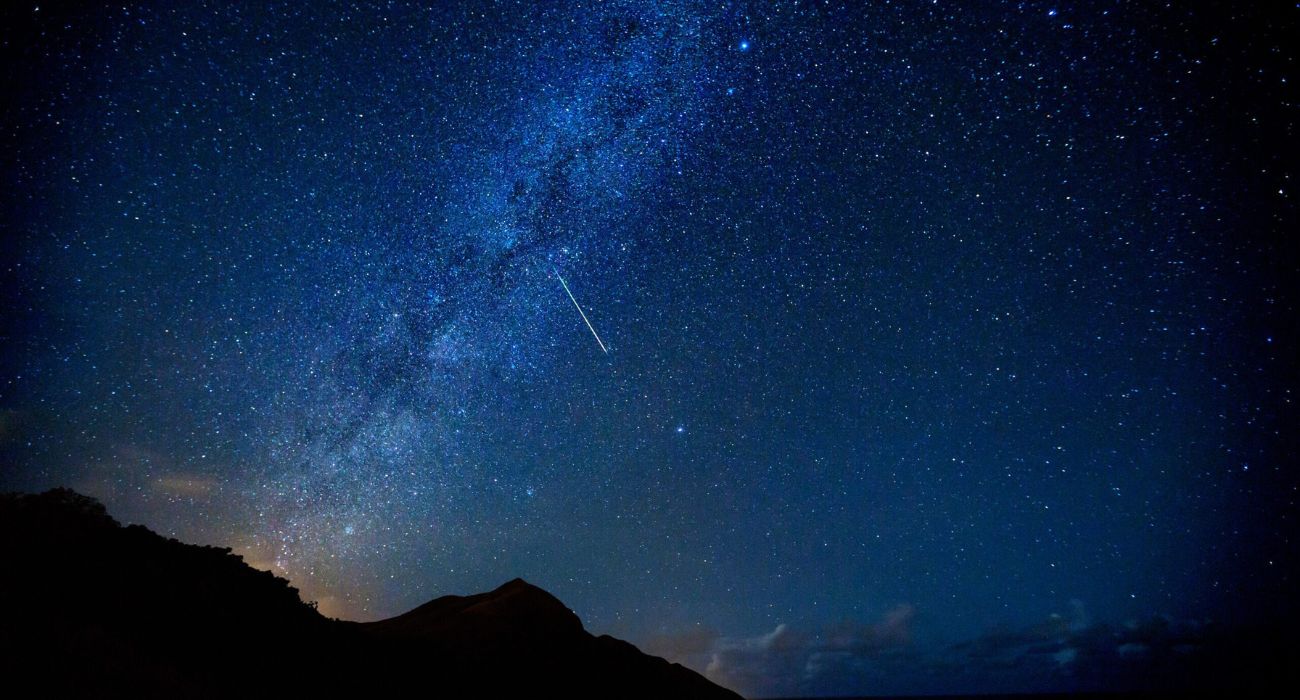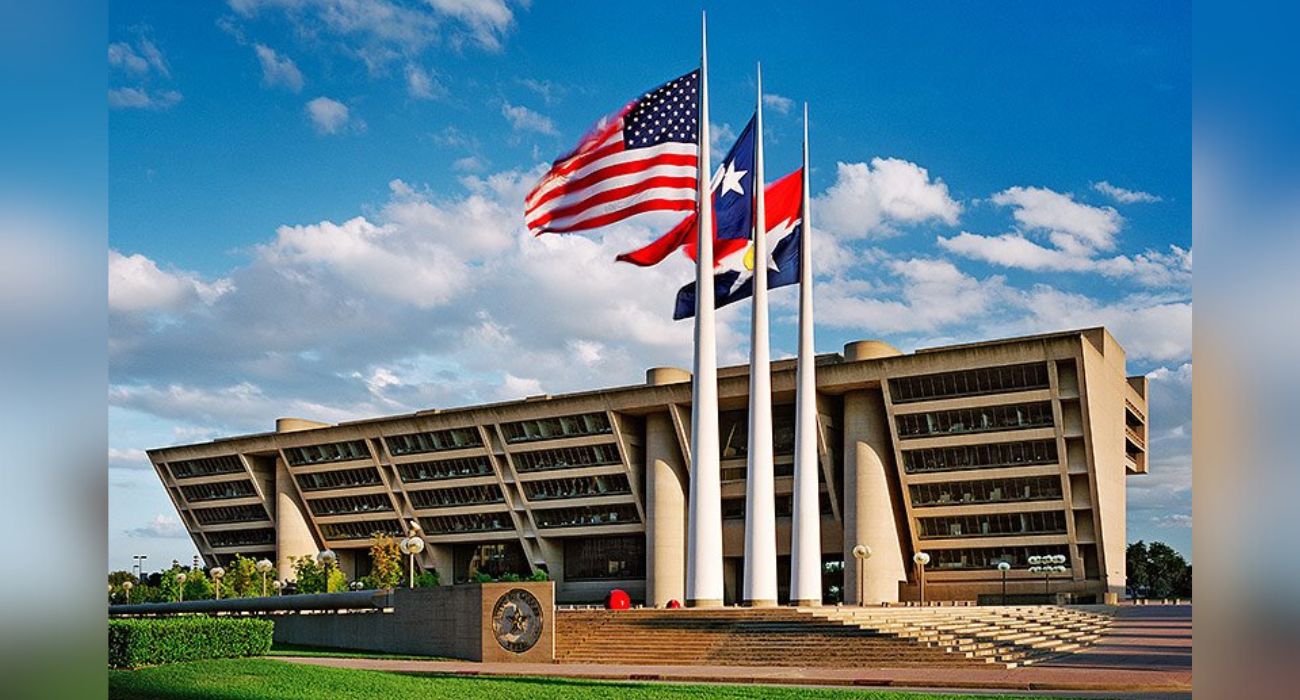Skywatchers saw plenty of cosmic activity in 2023 and will have plenty more to look forward to in 2024, with eclipses and meteor showers on the horizon.
The year 2023 had much to offer Texans in terms of cosmic interest, such as the rare “ring of fire” solar eclipse in October, as covered by The Dallas Express. During this eclipse, North Texans had approximately 80% of the sun obscured, whereas those living to the south had closer to 90%.
Despite the state’s slim record of just five annular solar eclipses and two total solar eclipses since 1851, Texas will again find itself center-stage in 2024. Here is a breakdown of the year’s sky-gazing events Texans won’t want to miss:
Total Solar Eclipse
The top event for North American skywatchers in 2024 will be the solar eclipse expected to pass over on April 8. Dallas-Fort Worth is directly in the eclipse’s path, which will start on the Mexican coast at about 11:07 a.m. and head northeast into the United States. It is expected to be visible for close to 4 minutes, so be sure to set your timers at 1:40 p.m., as previously covered by The Dallas Express.
Nightly lodging rates are already beginning to spike over this period, so anyone from out of state is encouraged to make arrangements now. Additionally, do not forget to invest in reputable protective eyewear, as viewing the eclipse with the naked eye or with cell phones can cause serious retina damage.
Lunar Eclipses
Not to be outdone by its celestial counterpart, the moon will also capture skygazers’ attention in 2024. Alongside the monthly appearance of full moons, two lunar eclipses will occur over the course of the year.
The first eclipse will be a penumbral lunar eclipse set to begin in Dallas on March 24 at 11:53 p.m., peaking on March 25 at 2:12 a.m., and ending that same day at 4:32 a.m., lasting 4 hours and 39 minutes.
The second lunar event will be a partial eclipse on September 17. This event will be more pronounced since the moon will pass through the Earth’s umbra, the darker part of its shadow. North Texans can expect its climax at 9:44 p.m. The event will last just over 4 hours.
Annual Meteor Showers
The fact that these meteor showers splash light across the skies every year doesn’t diminish anticipation for such events.
The Quadrantids kick off 2024 with an early appearance of meteors moving up to 120 mph. These streaks of light are expected to peak at 6:53 p.m. on January 3. Longer peaks are expected for the next three meteor showers.
On August 11-13, the annual Perseids will again appear across the night sky. The Leonids, known for their colorful streaks, will be most visible on November 17-18. Finally, the Geminids are slated to be at their brightest on December 13-14.






